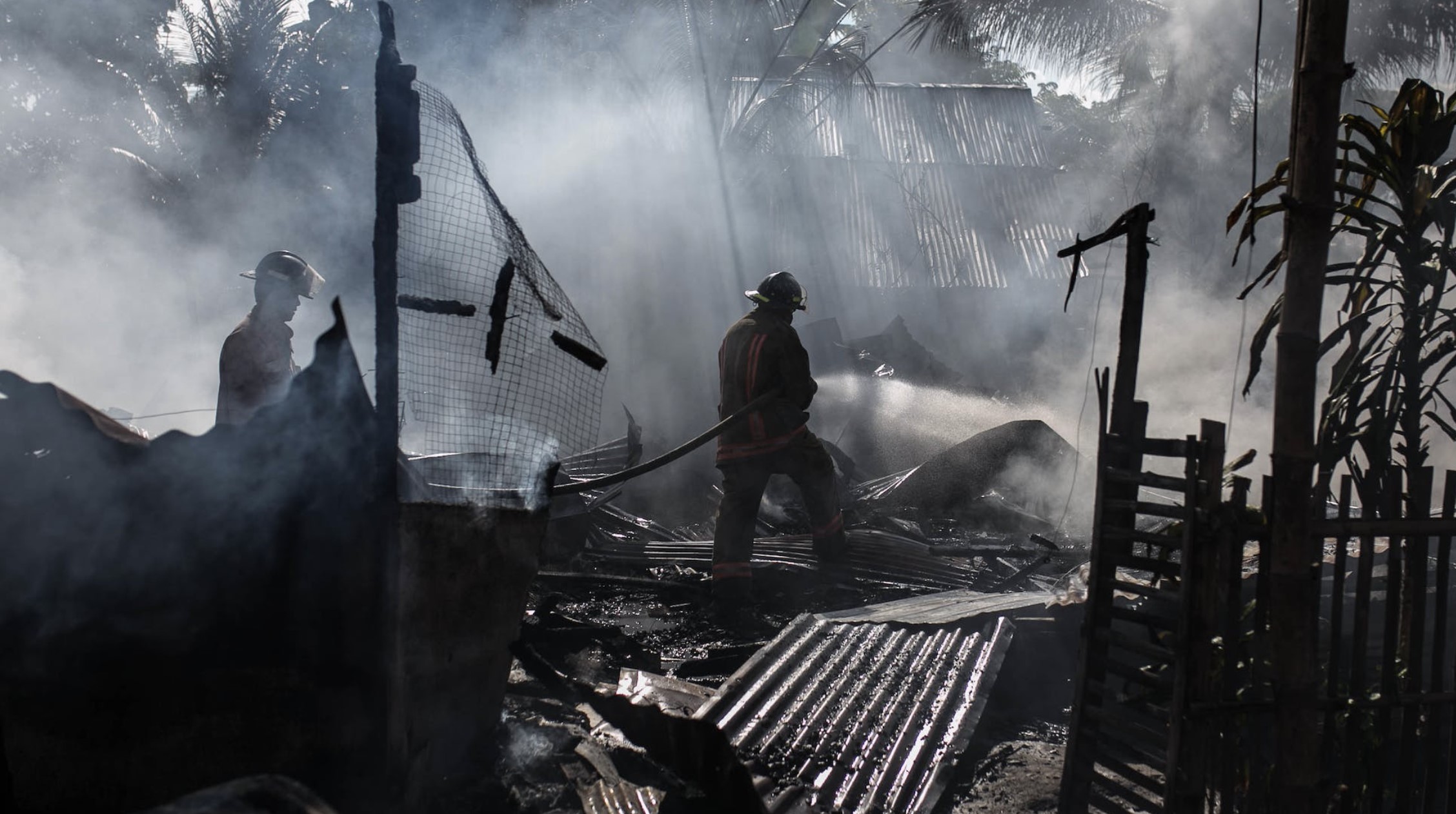
Disaster Narratives and Lessons for the Future
The way that themes represented in Japanese media intersect with disasters in the form of the disaster narrative are fascinating.
There’s a complexity and elegance in the nuanced (and not-so-nuanced) ways that art represents trauma.
In Haruki Murakami’s Underground: The Tokyo Gas Attack and the Japanese Psyche, there is this particular line,
“It was just that, no matter where I found myself, I felt like there was a hole inside me, with the wind rushing through. I never felt satisfied. From the outside you wouldn’t imagine I had any troubles.”
It suggests that people are constantly, at best, only vaguely aware of other people’s emotional states. They don’t know people’s troubles, nor how they feel. They can only perceive and listen to what they are told. It is also a beautiful way to explain what trauma might feel like. A vacant and hollow thing, nestled inside.
We’ve talked previously about analyses of Murakami’s work.
Disaster and trauma
Disaster is a common source of trauma. Both for the individual and for the collective. But disaster narratives serve an incredibly important purpose, broadly speaking. It is well known that the 1954 film Gojira (ゴジラ), translated to English as Godzilla, was an allegory for nuclear energy and the dangers of its usage. However, the purpose of Godzilla as allegory (and the more recent emergence of the kaiju (giant monsters) narratives where “monsters” are forces of nature to be respected and feared) has become muddied over the years.
Art enables the discussion of very real trauma and disasters. But it does so in a more abstract and safe way. This is of great importance to those who experienced the trauma in the first place.
Disaster narratives
Starting with identifying what a disaster narrative is feels right. The disaster narrative tends to center around a vision of disaster. This is generally seen as something that is wide reaching and physical in nature. Buildings collapsing, cities destroyed, lives ruined, and so on—though it can also deal with social, material, and spiritual collapse as well. In a sense, some of the most famous disaster narratives, apart from traditional “disaster movies” like Armageddon or Deep Impact, might also be stories like Takami’s Battle Royale or Orwell’s Nineteen Eighty-Four. These last two deal with the collapse of the social fabric of society and the spiritual collapse of the individual, respectively.
So, what purpose does a disaster narrative serve?
When discussing disaster narratives, they fall into two different groups. Some disaster narratives are fundamentally built on hope. Hope that the heroes survive (or that the species does), or that whatever the worst case scenario is might not be that bad. Deep Impact ends with some amount of hope, despite global calamity. The second narrative is one lacking in hope. This is when the end of the story is more bleak and horrible for the protagonist. William Golding’s masterpiece, Lord of the Flies, ends in such a way that we’re not sure what the consequences will be for the boys, despite their rescue, because the horrors were committed and their innocence was lost.
When examining the former case, the disaster narrative highlights hope in the face of adversity. Looking at the latter case, these stories are something more resembling a cautionary tale.
Are there other uses for disaster narratives?
The author of a fascinating piece in Literature, Baryon Tensor Posadas, talks about Komatsu Sakyō’s affective futurities. He states,
My contention then is that these narratives of disaster do not merely function as imaginative repetitions or re-enactments of past events, but also take on an anticipatory quality, affectively preparing and the ground for and pre-empting responses to future events.
Posadas is stressing that, while narratives like Godzilla help people to address trauma associated with past disasters, they also serve a function to deal with events that may come in the future. He suggests also that there are risks associated with this kind of broad “interpretive view of the past”. On the topic of risks associated with mythologizing the disaster narrative, he notes,
There are obvious criticisms that can be leveled against this approach, not the least of which is how the mythologizing of the atomic bombings and Japan’s war defeat facilitates historical periodizations that draw a stark dividing line between Japan’s prewar and postwar periods in alignment with Cold War prerogatives to rehabilitate Japan’s image. This has the consequence of potentially downplaying Japan’s history of colonial expansion and thus preparing the ground for the disavowal of historical war responsibility.
Komatsu’s Virus
Posadas notes the way in which Komatsu’s Virus is part of the burgeoning “pandemic movie”. These gained a lot of attention during the COVID-19 pandemic. In his careful analysis of Komatsu’s work, we can see the ways in which these narratives look forward as much as they look back. Perhaps, when we think about disasters, using the lessons and stories from those times to help us deal with the trauma of those events is also as important as looking forward—to see how we can prepare for the future.










